By Suresh Patel, Sales Engineer, Mer-Mar Electronics
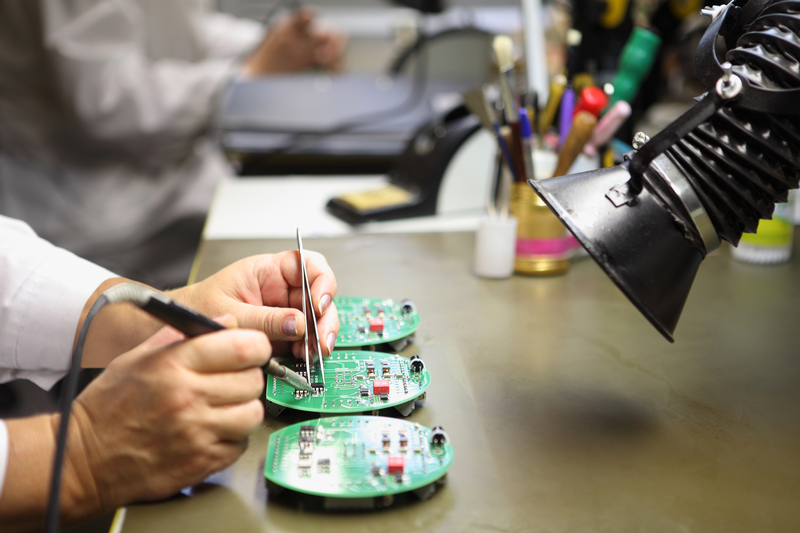 Medical PCBs are built with the highest quality standards to ensure the precision and reliability of medical devices. PCB fabrication and assembly processes are converging on greater accuracy of health monitoring and diagnostic devices. Flexible treatments and faster information exchange systems are possible due to the improved design, manufacturing, and testing of medical PCBs. Blood pressure monitors, cochlear implants, pacemakers, neurostimulators, imaging apparatus, diagnostic equipment, and drug delivery systems are some of the medical PCB applications in the healthcare sector.
Medical PCBs are built with the highest quality standards to ensure the precision and reliability of medical devices. PCB fabrication and assembly processes are converging on greater accuracy of health monitoring and diagnostic devices. Flexible treatments and faster information exchange systems are possible due to the improved design, manufacturing, and testing of medical PCBs. Blood pressure monitors, cochlear implants, pacemakers, neurostimulators, imaging apparatus, diagnostic equipment, and drug delivery systems are some of the medical PCB applications in the healthcare sector.
To meet the strict requirements of performance and hygiene standards, medical PCBs have to follow the industry-set guidelines. The increasing demand for miniature medical devices has added more challenges to PCB design. As the medical PCB designs are now tightly packed with multiple features, ensuring the complete assembly in a small space requires a controlled PCB development process. It is necessary to understand some of the key considerations while designing and assembling medical PCBs, such as the safety, usability, and reliability of the medical devices. Below are some the key considerations for medical PCB design and assembly.
· Prioritize user safety starting from the design stage
The vital requirement of any medical PCB is to ensure user safety. The implantable medical devices are in continuous human touch. Monitoring and diagnostic devices establish contact with the patient while operating. Usually, medical devices are exposed to vibration, extreme temperature, and other environmental contaminations. Any circuit fault can be detrimental to the operator or the patient. The medical devices should be designed and assembled to minimize any such safety risks.
· Choose the correct components and substrate material to build a robust device
It is essential to design a robust PCB to make the medical devices more predictable and consistent. The components selected should be of industrial grade. Substrate materials should be RoHS compliant and have a maximum operating temperature. Laminates can be FR4 in general, but for high-risk medical devices, polyamide, Teflon, or PTFE laminates can be chosen.
· Handle obsolete parts with planned component sourcing
Component sourcing and tracking are critical in medical PCB design. It is recommended to monitor the availability of components from the initial PCB design stages itself. It is necessary to handle obsolete parts efficiently to avoid any delay in the time-to-market. The efficiency of the PCB manufacturing and assembly process also affects the product launch schedule. It would be wise to hire an experienced contract manufacturer (CM) while developing a medical PCB.
· Use the latest fabrication technologies like HDI, via-on-pad to optimize the medical PCB performance
Miniature medical PCBs are fabricated using High-Density Interconnect (HDI) technology to support high component density. This technology significantly reduces the size of the PCB. Via-in-pad technology is also used in the medical PCB fabrication process. This allows holes on the pads and connects the pad to the internal layers of the PCB. But these technologies involve expensive fabrication and assembly equipment for medical PCB production.
· Choose a suitable assembly technique based on the end application.
Based on the end application, it is suggested to choose either Surface Mount Technology (SMT) or Through-hole Technology (THT) for the medical PCB assembly. While miniature PCBs may prefer SMT PCB assembly, applications involving vibrations or stress in the operating environment can use THT assembly for building a robust medical PCB.
· Focus on building a high utility medical device with simple operation.
Easy usability of medical devices is mandatory. Medical PCBs have unique designs to make the devices more practical and operator-friendly. Healthcare devices designed as implantable, monitoring, or tracking equipment are used by the patients directly. It should be designed for simple operation and high utility. It is always recommended to incorporate Design for Testing (DFT) and Design for Manufacturing (DFM) guidelines to optimize the board performance.
· Adhere to EMI/EMC assembly guidelines to obtain necessary certifications.
While designing a medical PCB, it is suggested to isolate analog and digital circuitry. Adding sufficient copper ground planes in the PCB stack-up is advised to suppress Electromagnetic Interference (EMI). Medical devices and associated cables should be designed to meet EMI/EMC standards like IEC 60601-1-2 which defines the essential performance and safety requirements of medical devices in the presence of Electromagnetic Interference.
· Evaluate the design using simulation tools for quality performance.
Several simulation tools can bring substantial benefits to the design of the medical PCB. They can also reduce cost and production time by identifying any design or assembly faults in the initial stages of product development. A combination of simulation tools can be used for functional, thermal, and mechanical testing of medical devices. Designing the PCBs for easy testing and quick debugging is highly recommended in medical device development.
· Follow the post-fabrication cleaning process to improve device quality.
A high-quality fabrication and assembly process can improve the operation of any healthcare device. Medical PCBs are expected to function without any faults. After the PCB fabrication and assembly process, there can be residues like salts or acids left on the circuit board. This can affect the circuit operation, and hence it is necessary to clean the PCB thoroughly after the fabrication and soldering processes. This will add to the overall quality and efficiency of the medical PCB product.
· Design for easy serviceability and maintenance of the medical device.
Medical devices are shipped to various locations, and installing the huge medical apparatus at different sites should be well planned. Designing the medical PCBs for easy serviceability is one of the critical requirements. Placing connectors at the board edge, providing sufficient spacing to handle the attached cables, etc should be considered during the design stage of the medical PCBs. Even the assembly process should test the medical PCBs to endure multiple operation cycles with expected performance.
· Meet regulatory compliance specific to the medical electronic products.
As the end application impacts the healthcare sector, the medical PCB design has to meet many regulatory standards before going ahead with mass production. It is important to track the components used in medical devices. Adhering to IPC-A-600/6012/610 and ISO 13485 is compulsory while designing medical PCBs. The Centre for Devices and Radiological Health (CDRH), a branch of the Food and Drug Administration Agency (FDA) , approves medical equipment against the set standards on the fabrication, functionality, and safety of the medical devices.
Conclusion
Choosing a certified contract manufacturer is crucial while building PCBs for medical devices. An experienced CM will be aware of the required certifications and will follow the industry-set standards in the fabrication and assembly processes. The CM can help you right from component sourcing, handling obsolescence parts, ensuring safety requirements, assisting in design reviews, and offering testing and rework support. Also, some of the CMs manage the complete supply chain for medical PCBAs and provide a quality and cost-effective delivery of medical devices.
You may also like:
Filed Under: Applications, Medical Electronics, PCB design, Products, Tutorials


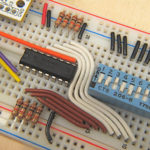
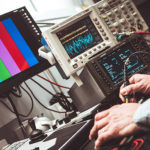
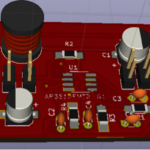
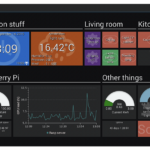
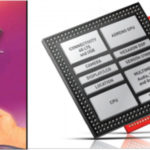

Questions related to this article?
👉Ask and discuss on Electro-Tech-Online.com and EDAboard.com forums.
Tell Us What You Think!!
You must be logged in to post a comment.